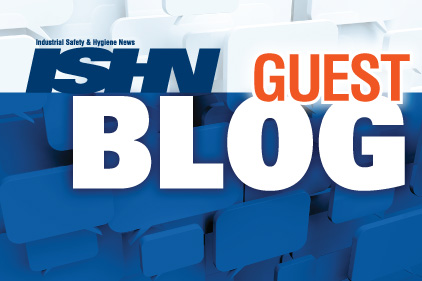 A warm Friday in August and I am enjoying the privilege of visiting EPCOT at Walt Disney World in Florida. One of my favorite things to see is the "American Adventure." One person in our party has an electric convenience vehicle, ECV, so we enter through the special assistance lane to the back row of the auditorium. As is typical of Disney, a cast member provides outstanding customer service and explains to those using the ECVs how to park parallel to the rail and swivel their seats for the most comfortable view. He proudly points out most people don't know the seats swivel.
A warm Friday in August and I am enjoying the privilege of visiting EPCOT at Walt Disney World in Florida. One of my favorite things to see is the "American Adventure." One person in our party has an electric convenience vehicle, ECV, so we enter through the special assistance lane to the back row of the auditorium. As is typical of Disney, a cast member provides outstanding customer service and explains to those using the ECVs how to park parallel to the rail and swivel their seats for the most comfortable view. He proudly points out most people don't know the seats swivel.
For 30 minutes, we enjoy the best American history and civics lesson. In my opinion, it is so good, it by itself is worth the admission to EPCOT for the day.
When you go to see it, arrive 15 minutes before the show and enjoy the Voices of Liberty, an acapella choir. Sit under the dome in the lobby to get the best sound.
The show is so good we return before leaving the park to see it again. A different Disney cast member escorts us to the special aisle at the back. The person in the ECV carefully moves to the rail, parks and swivels their seat. The cast member politely walks up and admonishes us that sitting at the rail is not allowed for safety reasons. I comment the previous cast member purposefully directed people to the rail. The second cast member explains that the aisle has to be kept clear for safety. I know the value of this and caring about the safety of future audiences I mention the inconsistent procedures and thanked him for watching out for our safety.
I watch the show and wonder how often employees who are trained for a task either get it wrong, interpret it differently, or think of safety from a different viewpoint. (In this case, I suspect the latter as with all vehicles and chairs at the railing the open aisle is behind you.)
I wonder how often what we may observe as non-compliance to a safety procedure is actually a difference in interpretation of the same set of instructions. Clearly these two cast members had some level of training and my experience with Disney has been excellent.
So what is the solution?
How do you measure your communication, education, and training? For me, the measure of all communication is the result you achieve.
Remember, checking on the results is not about catching someone doing something wrong. It is also not about beating yourself up when you don’t get the results you want. It is a time for learning. Ask anyone who is doing something different than you wanted and find out what they heard or understood when they were told what to do.
Once you learn, give it another try and once again check the results.
Sometimes, the employee may have understood completely yet chose to do the wrong thing. This does not reflect negatively on the accuracy of your training, however it does tell you that you have not given that employee the motivation they need to want to do it correctly. Ask yourself what would it take to make them want to do it the safest way.
Yours in Service,
John Drebinger Jr.
